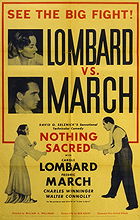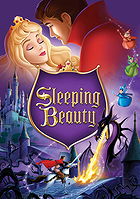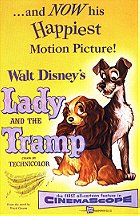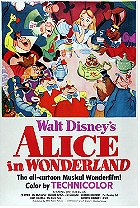You know, there’s nothing explicitly wrong with this version of A Star is Born, it’s just missing that extra spark that makes a very good movie a great one. This first version, from 1937, tells the melodramatic love story involving a rising star and a fading one. Much like the subsequent remakes, the fading star plays both lover and Svengali to the bright, young talent. It does everything well enough, but is rightly considered the second-best variation on this story.
Esther Blodgett (Janet Gaynor) is a farm girl from North Dakota with dreams of movie-stardom and fame. After a pep-talk, along with a few words of warning, from her grandmother (May Robson), Esther is off to Hollywood, valiantly trying to make her dreams come true. The indifference and jaundice with which she is first greeted feels real and lived in, as does her eventual elation at being given a chance in a bit part. Her relationships with best friend Danny (Andy Devine) and alcoholic Norman Maine (Fredric March) are well handled, even if they feel a certain air of inevitability.
If the story beats and character interactions feel inevitable, a slow march to their tear-stained conclusions, the characters are completely unaware of the darkness on the horizon. In fact, from scene-to-scene the film can veer wildly in tone and mannerisms. One scene will find Gaynor working as a waitress and trying out a series of impersonations (her Garbo isn’t great, her Katharine Hepburn is spot on, and her Mae West is decent) is purely comedic, while her meeting with Norman is fraught with tension and complicated sexual attraction. These scenes happen back to back.
Gaynor and March deserve credit for the entire delirious experience holding together, but so does director William A. Wellman. Something of a journeyman director in the studio era, his camera work wasn’t remarkable, but in this film and a few of his Pre-Code jewels he manages a breakneck energy and sense of pacing that smooth out any tonal incongruities. He even finds a few moments of expressive lighting to juxtapose and highlight the conflicting emotional undercurrents involved in the central romance.
Strange to think of Wellman and the word “delicate” being used, but A Star is Born has numerous moments of tremendous delicacy and power. None better than March’s shadow-covered realization that he’s not only burning down his life and career, but Esther’s by proxy. March is solid for the duration of the film, but his climatic work pushes the performance to a higher plane. Maine’s suicidal dip in the ocean at the end appears as the product of careful consideration and some twisted notion of love in March and Wellman’s hands.
But any spin on A Star is Born belongs to the leading actress. Gaynor is magnificent here, never appearing to be outwardly acting except when appropriate in the script. I’m fond of a throw-away sequence of her sitting in the studio cafeteria doing various vocal spins and character choices on her bit part. It’s not the big, fiery dramatics of her defiant, proud and aching “Hello everybody, this is Mrs. Norman Maine,” but it’s finely detailed and acute bit of character work. A great performance is made up of specific choices and details, and Gaynor’s full-throttle commit to looking silly in that scene is emblematic of her work throughout.
If A Star is Born pales in comparison to the Judy Garland masterpiece, well, it’s not its fault. It does so much of it right and with tremendous artistry, but no other version can truly hold its own against that titanic triumph. Yet this version does have a few problems, mainly the ending which doesn’t stop at the fade out of Esther’s declamation of love and devotion, but on a title card from the ending of the script. This undermines some of the drama and believability, effectively reminding the audience that the story we were just asked to invest in was purely speculative fiction. Or a scene in which the lovebirds go on their honeymoon and devolve into slapstick and sitcom-level circumstances. It detracts too much and adds too little to be of much worth.
Lastly, and this is not the film’s fault, it looks rough. A Star is Born fell into the public domain, and the wear-and-tear of the intervening years shows. The colors aren’t terribly vibrant, the print is littered with debris, and the sound is a little unsteady. Force yourself through these issues. The journey is well-worth the struggle. Just remember kids, you can dream about movie-stardom all you want, but everyone pays for it.
 Login
Login
 Home
Home 95 Lists
95 Lists 1531 Reviews
1531 Reviews Collections
Collections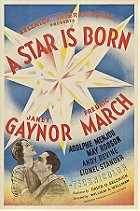
 0 comments,
0 comments, 